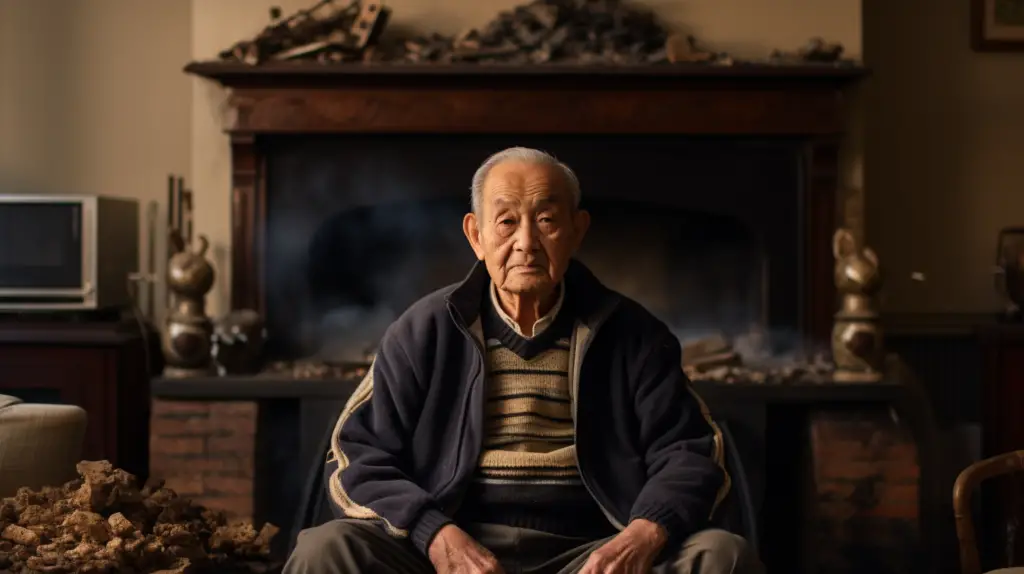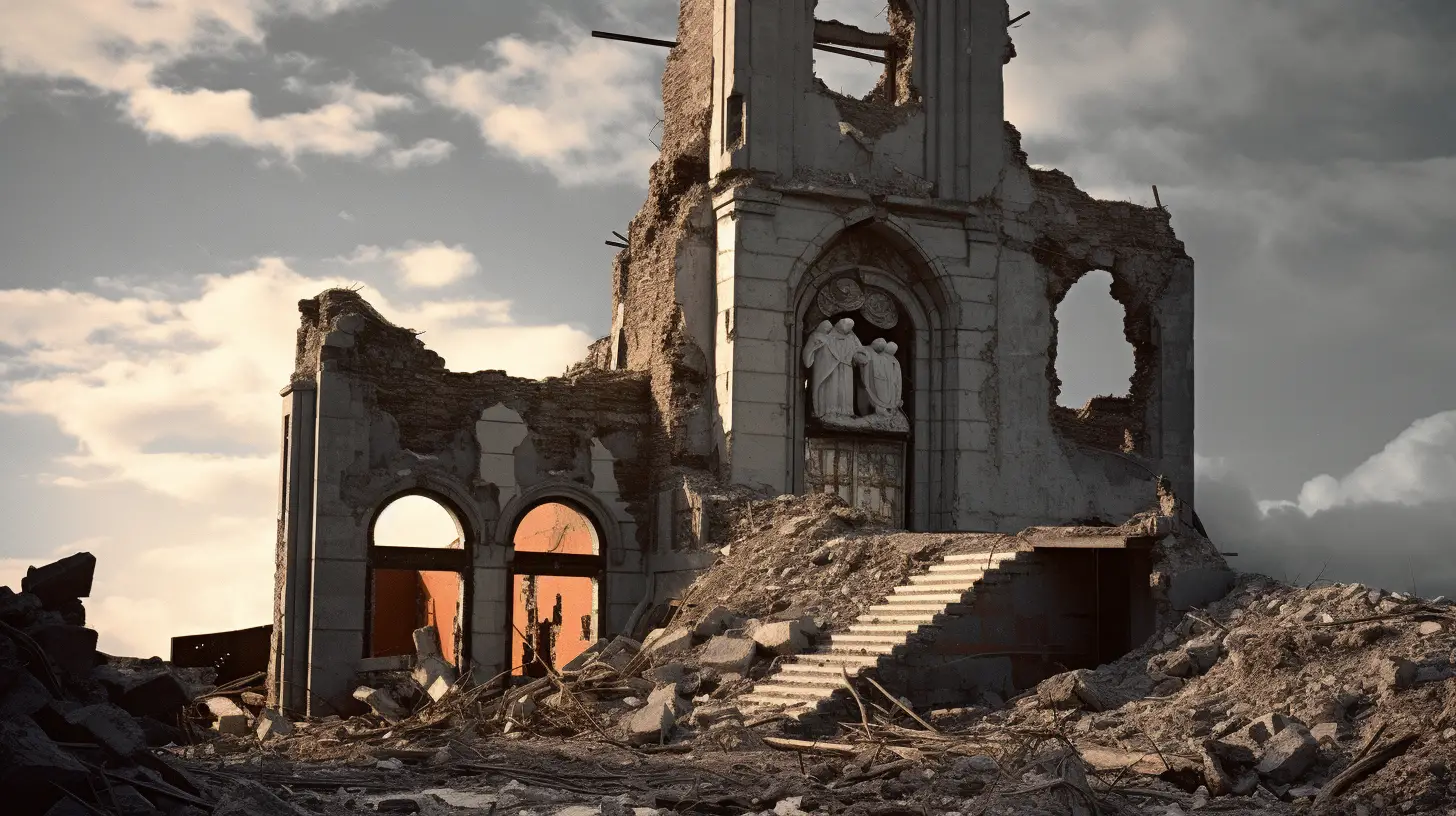The term “Hibakusha” is a Japanese word that translates to “explosion-affected people”. It refers to the survivors of the two atomic bombings that occurred in Hiroshima and Nagasaki, Japan, during World War II, in August 1945. These survivors experienced firsthand the horrific impact of nuclear weapons, forever imprinted by physical and emotional scars.
This article seeks to highlight 25 fascinating and, at times, heart-wrenching facts about the Hibakusha, providing a deeper understanding of their experiences and the legacy they carry.
- The Number of Hibakusha: As of the end of March 2021, there were 136,682 officially recognized Hibakusha in Japan. This number has steadily declined over the years due to the aging population.
- Life Expectancy: Despite the grave hardships they endured, a 2016 study found that the average lifespan of Hibakusha was around 82.06 years, similar to Japan’s average life expectancy.
- Genetic Effects: Contrary to popular belief, studies have not found significant genetic effects in children of Hibakusha. The feared “atomic plague” – generations affected by the radiation – has not come to pass.
- Disease Rates: Hibakusha have a higher rate of leukemia and other cancers due to radiation exposure.
- Hibakusha Stories: Many Hibakusha have shared their stories publicly to advocate for peace and nuclear disarmament, despite the physical and emotional pain it evokes.
- The Hibakusha Appeal: This is a global signature campaign calling for the abolition of nuclear weapons, initiated by the Hibakusha.
- Hibakusha in Literature and Art: Their experiences have been depicted in numerous books, films, and works of art, such as John Hersey’s book ‘Hiroshima’ and the film ‘Black Rain’.
- Hibakusha Testimony in Education: Testimonies of Hibakusha are integrated into Japanese education to ensure that future generations understand the devastation of nuclear weapons.
- “Double Hibakusha”: People who experienced both bombings are known as “double Hibakusha”. Approximately 165 individuals are known to have been within the blast zones of both bombs.
- Recognition and Support: Hibakusha are officially recognized and receive support from the Japanese government, which includes health check-ups and coverage of medical expenses.
READ MORE: 50 Interesting Facts About the Atomic Bomb You Need to Know and Understand - Stigma and Discrimination: Hibakusha have faced considerable social stigma and discrimination, especially in the years immediately following the bombings.
- The Hibakusha Census: Japan conducts a census of Hibakusha every five years to understand their health and living conditions better.
- International Hibakusha: Not all Hibakusha are Japanese. Many Koreans and other nationalities who were in Hiroshima and Nagasaki also suffered from the bombings.
- Korean Hibakusha: Korean Hibakusha faced particular hardship, being alienated from both Japanese society and their home country, which was under Japanese colonial rule during the bombings.
- Efforts for Recognition: Many Hibakusha have spent years fighting legal battles for recognition and compensation, both in Japan and overseas.
- Mental Health: Many Hibakusha have suffered from long-term psychological effects such as post-traumatic stress disorder (PTSD) and survivor’s guilt.
- The Hibakusha Experience: Hibakusha’s experiences significantly influenced the adoption of Japan’s Three Non-Nuclear Principles in 1967.
- Peace Activities: Many Hibakusha are actively involved in peace-building activities and organizations, promoting a world free of nuclear weapons.
- The Hiroshima Maidens: A group of 25 young Hibakusha women disfigured by the bombings, known as the “Hiroshima Maidens,” were brought to the United States for reconstructive surgery in the 1950s.
- Hiroshima Peace Memorial Park: Many Hibakusha participate in annual memorial ceremonies held at Hiroshima Peace Memorial Park.
READ MORE: 50 facts you need to know and understand about the atomic bomb dropped on Hiroshima - Nobel Peace Prize: In 2017, Setsuko Thurlow, a Hibakusha, jointly accepted the Nobel Peace Prize on behalf of the International Campaign to Abolish Nuclear Weapons (ICAN).
- Hibakusha’s Role in the Treaty on the Prohibition of Nuclear Weapons: Hibakusha played a significant role in advocating for the United Nations’ 2017 adoption of the Treaty on the Prohibition of Nuclear Weapons.
- Oral Histories: Institutions like the Hiroshima Peace Memorial Museum and the Nagasaki Atomic Bomb Museum preserve Hibakusha oral histories.
- The A-Bomb Disease Certification: The Japanese government provides the “A-bomb disease certification” to Hibakusha, acknowledging that their health problems are caused by radiation exposure.
- Sadako Sasaki and the Thousand Origami Cranes: Sadako Sasaki, a young Hibakusha, who died from leukemia, is known worldwide for her attempt to fold 1,000 origami cranes to fulfill a Japanese legend promising a single wish to anyone who folds 1,000 cranes. Her story has become a symbol of the impact of nuclear war on children.
READ MORE: 50 facts you need to know and understand about the atomic bomb dropped on Nagasaki
The Hibakusha represent a critical link to one of the most devastating events in human history. As their numbers dwindle, their stories and experiences become even more important, offering future generations an understanding of the unimaginable horrors of nuclear warfare. They serve as living testimonials to the devastation wrought by these weapons and continue to advocate for a world free of nuclear weapons, bearing witness to a chapter of history that should never be repeated.



